Runner Up
Strategy & Research Award
Core77 Design Awards 2020
Future of Stations
Stations are critical pieces of national and urban infrastructure. They are central nodes for inter- and inner-city mobility, provide easy access to facilities and services, and are enablers of economic growth, regeneration and the development of new communities.
The transport ecosystem goes far beyond the physical spaces of stations. This report considers a future in which station boundaries blur – between public and private, physical and digital, the building and the city – and where stations are an enabler for sustainability, well-being and opportunity. Only by recognising the extent of this ecosystem can we begin to understand the complex interactions between its people, spaces and contexts, and how the spaces we create can respond meaningfully to these diverse requirements and desires.
This report provides a review of key trends shaping the future of station design that will be of use to planners, designers, administrators and developers of stations. Our research highlights the impact of multiple trends on the future design, role and experience of multi-modal stations, informed by conversations with experts across industry and academia.
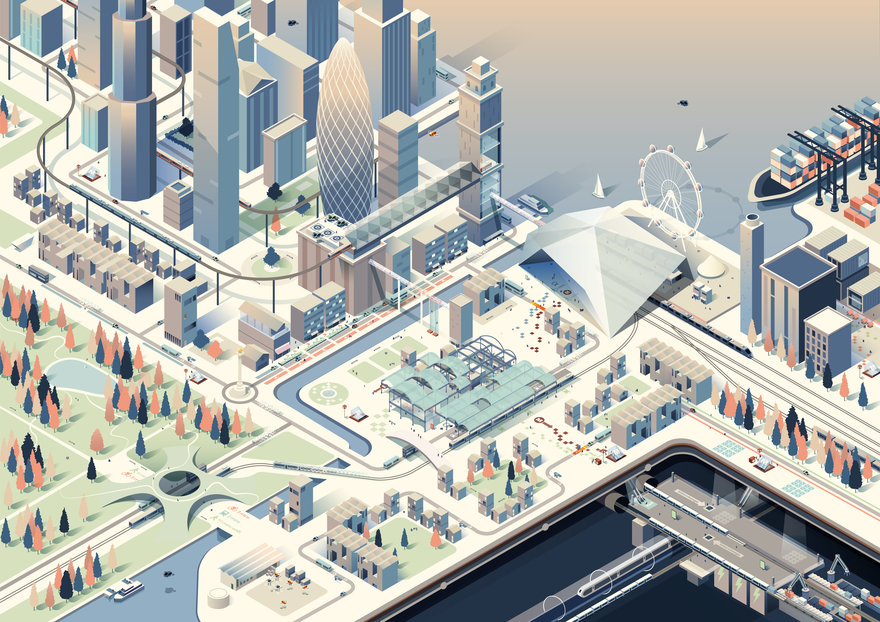
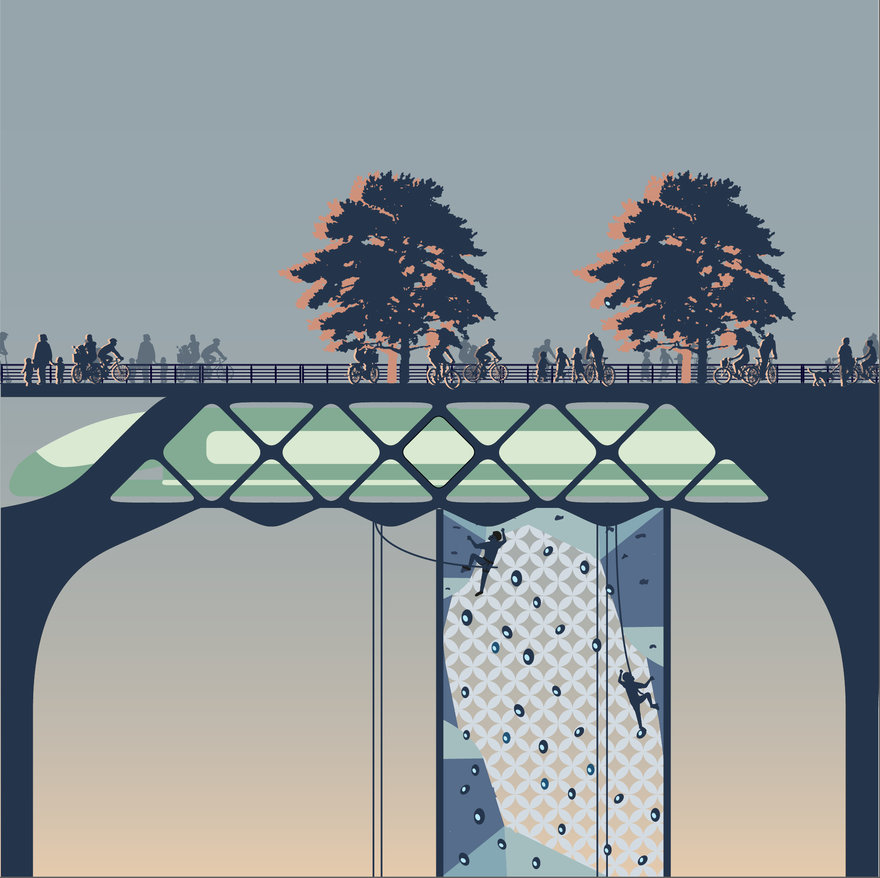
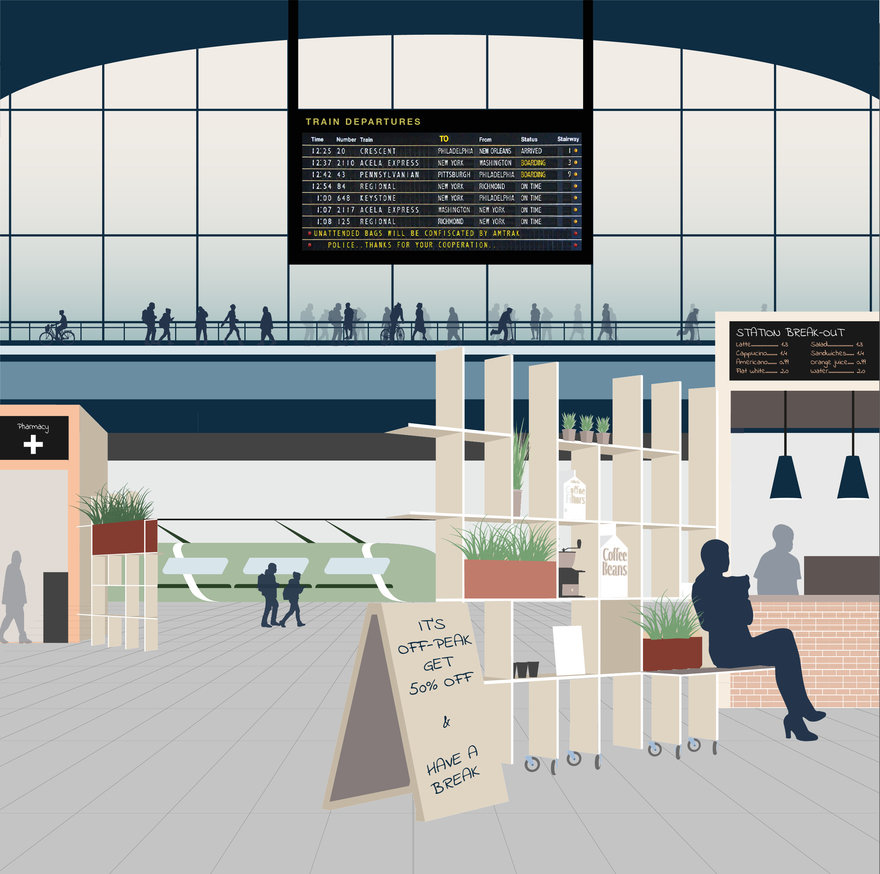
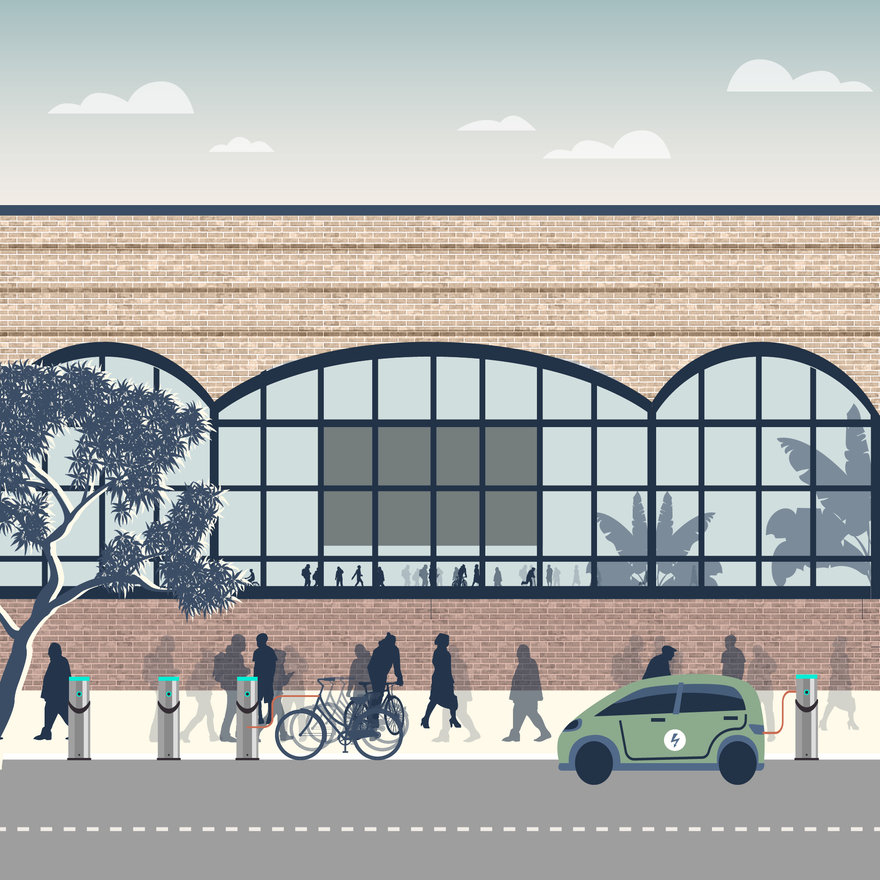
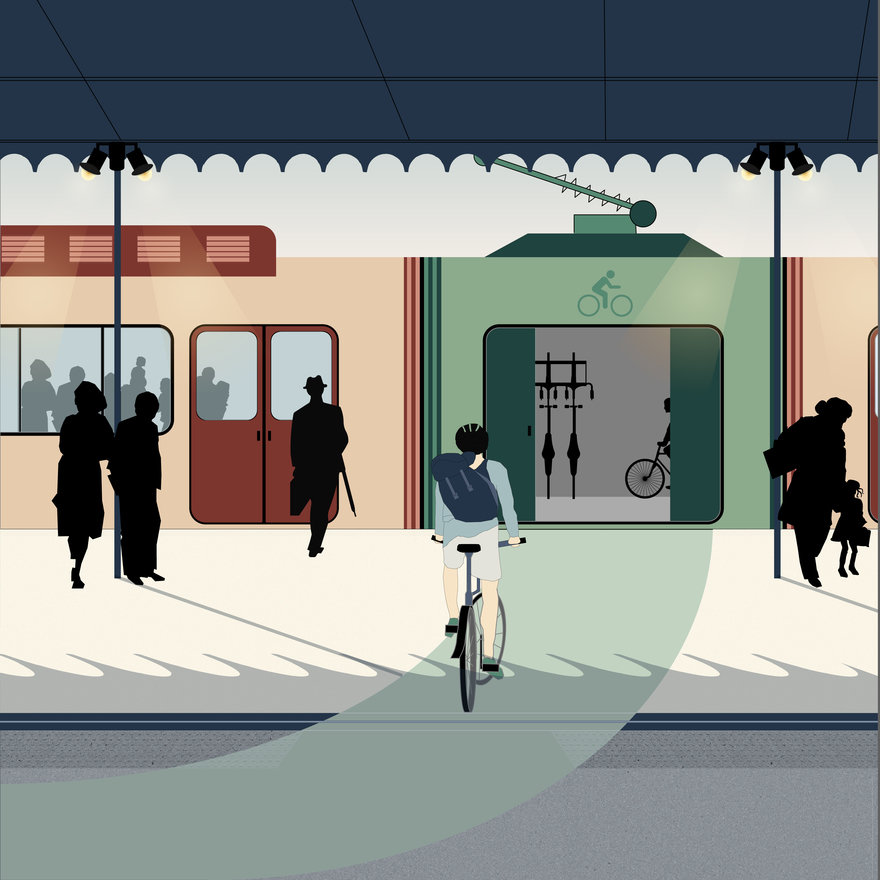


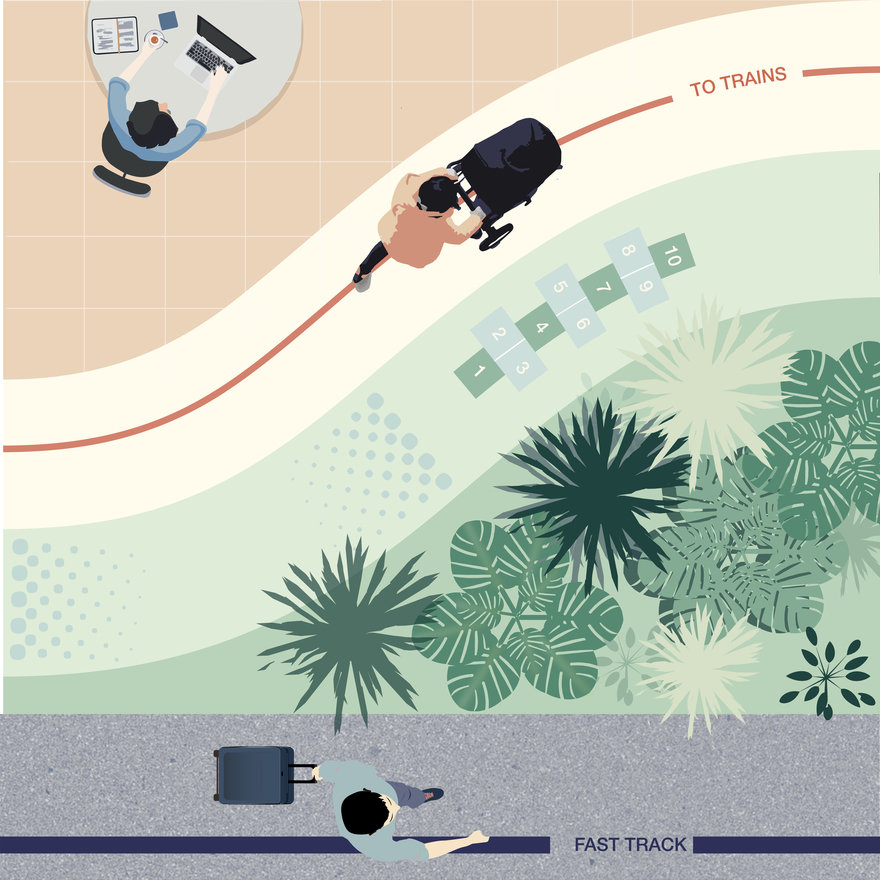
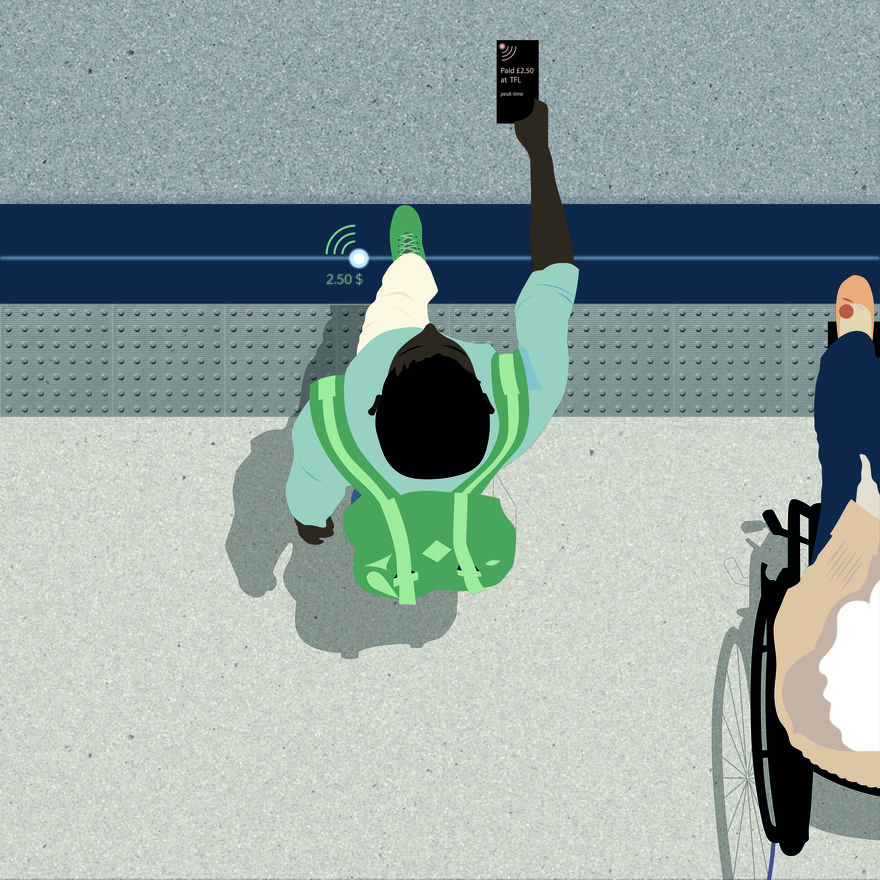
Why and how we use transport is changing. This is the result of global urbanisation, digital lifestyles, and new modes. Global passenger use of public transport is expected to increase by up to 300% by 2050, while the transport sector as a whole is already the fastest-growing contributor to climate emissions. Stations, as the gateway to mass transit, have a vital role to play in enabling the former and combating the latter.
This report considers exactly this role, exploring a future in which station boundaries blur – between public and private, physical and digital, the building and the city – and where stations are an enabler for sustainability, well-being and opportunity.
Our research highlights the impact of multiple trends on the future design, role and experience of multi-modal stations. It looks first at the importance of creating an underlying basis of analogue, human-centred infrastructure that works hand-in hand with digital technologies to provide a positive experience for all. The report then considers the evolution of digital ticketing and its impact on station space, including barrier-free travel, and how real-time data will improve the legibility and efficiency of station spaces for both users and operators.
Ideas for re-imagining and diversifying station space are addressed in the next section, accounting for future shifts in how we shop, work and live. This is followed by a focus on mode and service integration, looking at how stations can act as a single simplified system while also offering new mobility and logistics possibilities. The last two sections see future stations as key actors within their wider contexts, looking at energy and resilience, and economic vitality and social mobility respectively.
The key design features and implications of each section are brought together in a city illustration, visualising how these factors might appear in an imagined future landscape. This overarching landscape is supported by a series of vignettes at the end of the report that offer more zoomed in moments to highlight key principles. A concluding vision of a future station then draws together the key findings and themes, and lessons from global case studies. It highlights that future stations have the potential to go beyond their traditional transport function to provide us with multiple new destinations – in terms of urban economies, social inclusion and environmental sustainability.
The six key principles identified in this report are:
Station boundaries should be porous to support greater access and use
Supported by digital technology and the removal of gate lines and ticketing infrastructure, station buildings should dissolve, becoming part of the city to ease interchange, reduce operating costs and improve sustainability.
Stations should diversify beyond transport to embrace convenience
As thresholds blur, the station offer must reflect a wider community of users, with 24/7 operation and new retail and lifestyle trends supporting a variety of amenities, from childcare to public services.
Modes should be integrated, not just accommodated
Diverse transport options – whether cycles, e-scooters or shared autonomous vehicles – should be incorporated into, under and through buildings, prioritising active, shared and low-carbon transport. Charging points and the flexible allocation of kerbs will be key.
Excellent user experiences should be universal
Natural and intuitive way-finding should make stations legible and efficient. A digital layer should combine with analogue, human-centred infrastructure to work for all users, regardless of their needs.
Adaptable buildings and dynamic systems will maximise efficiency and resilience
Station design should enable adaptation as needs change. Data-driven systems equipped with AI will inform real-time space and mode utilisation, as well as efficient energy use and predictive maintenance.
Station benefits will be environmental and social, not just economic
Station value must be captured to promote long-term financial sustainability. By delivering them in partnership, their ability to catalyse local sustainability and bring inclusive growth can be recognised and emphasised.
Core77 Design Awards 2020
- Built Environment
- Commercial Equipment
- Consumer Technology
- Design Education Initiative
- Design for Social Impact
- Furniture & Lighting
- Health & Wellness
- Home & Living
- Interaction
- Packaging
- Personal Accessory
- Service Design
- Speculative Design
- Sports & Recreation
- Strategy & Research
- Tools & Work
- Transportation
- Visual Communication